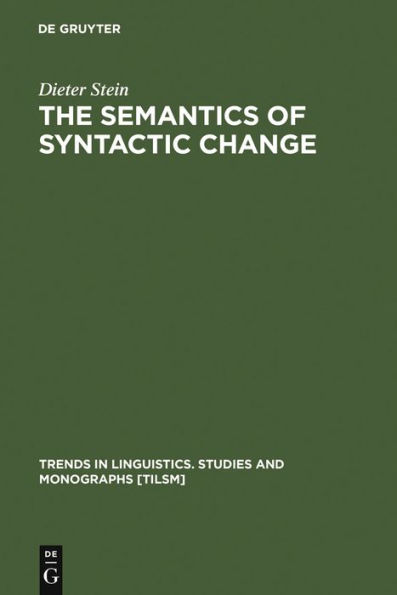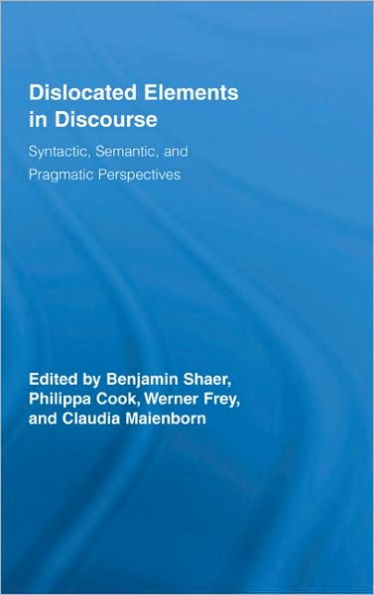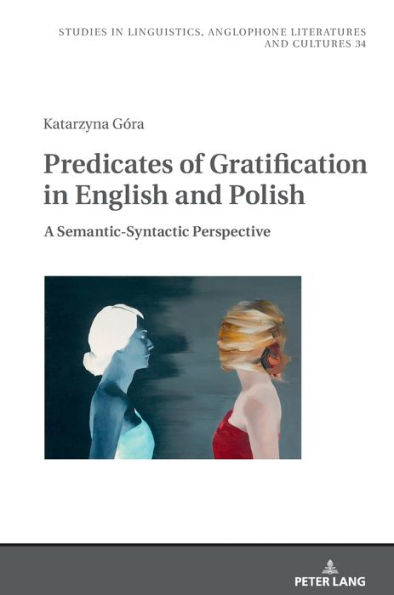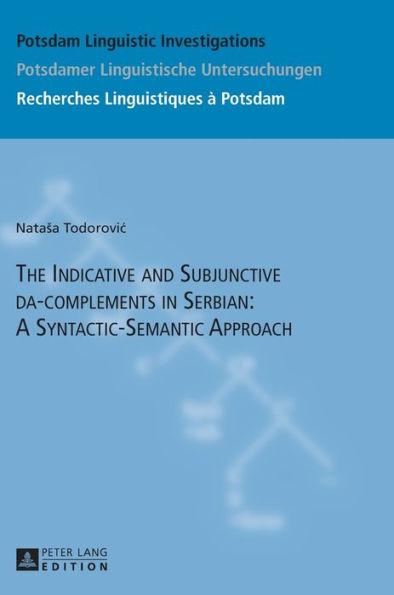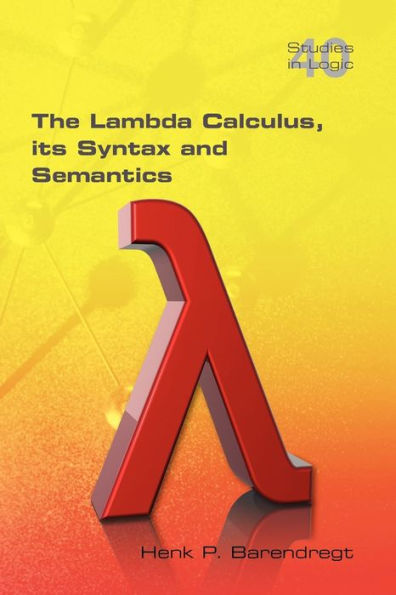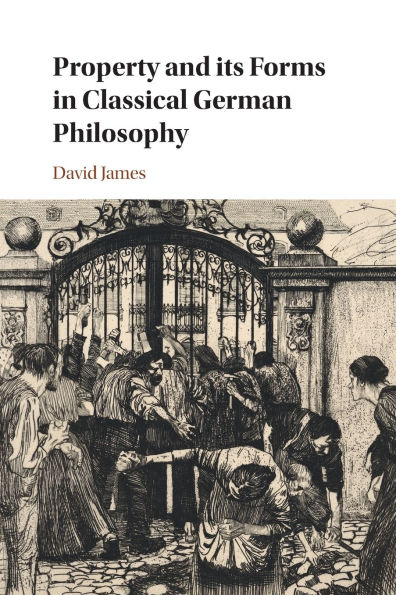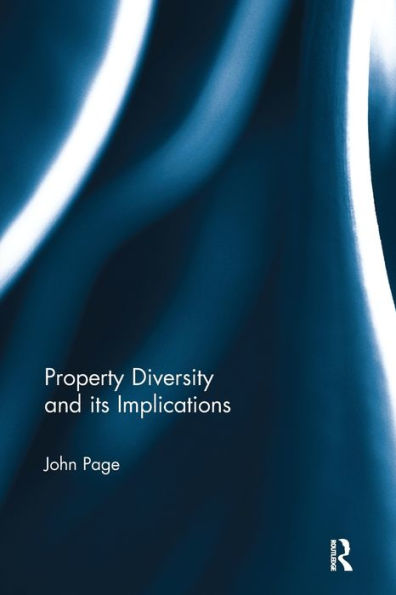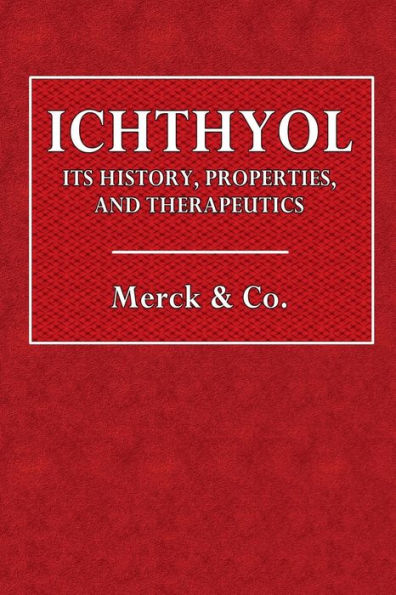Home
Why is 'Why' Unique?: Its Syntactic and Semantic Properties
Barnes and Noble
Loading Inventory...
Why is 'Why' Unique?: Its Syntactic and Semantic Properties in Bloomington, MN
Current price: $174.99

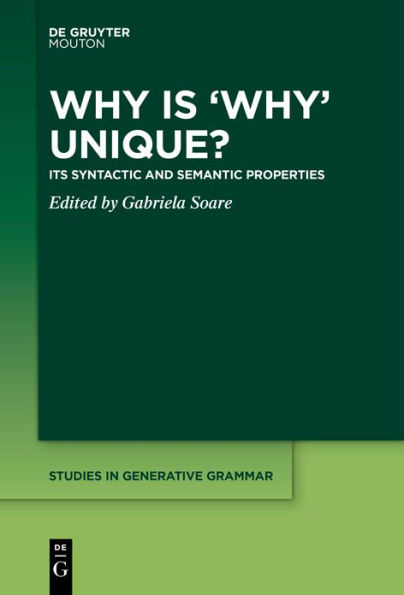
Why is 'Why' Unique?: Its Syntactic and Semantic Properties in Bloomington, MN
Current price: $174.99
Loading Inventory...
Size: Hardcover
Why is ‘Why’ Unique? Its Syntactic and Semantic Properties
considers the behaviour of this peculiar
wh
-element across many different languages, including Ewe, Trevisan, Italian, Basque, German, Dutch, Cantonese, Mandarin, English and Hebrew. In ten original chapters, the authors explore various aspects of
why
-questions, such as the way
interacts with V2 constructions in Basque, with a subject clitic in Trevisan or how its morpho-syntactic make-up determines its merge position in Ewe, to mention but a few. Furthermore, a clear-cut distinction is established between high and low reason adverbials which are subsequently examined in
-stripping environments in Dutch.
Beyond
proper, the book explores a special class of
-expressions in some in-situ languages which give rise to unexpected
-construals with a touch of whining force. The objective is to explain the unusual syntactic position of these
-expressions as well as their association with peculiar pragmatics. The questions are addressed for Cantonese: are
what
-initial sentences genuine questions? To what extent are Cantonese
-initial sentences similar to
how
-initial sentences in Mandarin? Beside these
-as-
questions, a special class of rhetorical questions, the doubly-marked interrogatives in Hebrew, come under scrutiny.
Why is ‘why’ unique also concerns the interface with prosody and several experimental studies investigate precisely this aspect.
considers the behaviour of this peculiar
wh
-element across many different languages, including Ewe, Trevisan, Italian, Basque, German, Dutch, Cantonese, Mandarin, English and Hebrew. In ten original chapters, the authors explore various aspects of
why
-questions, such as the way
interacts with V2 constructions in Basque, with a subject clitic in Trevisan or how its morpho-syntactic make-up determines its merge position in Ewe, to mention but a few. Furthermore, a clear-cut distinction is established between high and low reason adverbials which are subsequently examined in
-stripping environments in Dutch.
Beyond
proper, the book explores a special class of
-expressions in some in-situ languages which give rise to unexpected
-construals with a touch of whining force. The objective is to explain the unusual syntactic position of these
-expressions as well as their association with peculiar pragmatics. The questions are addressed for Cantonese: are
what
-initial sentences genuine questions? To what extent are Cantonese
-initial sentences similar to
how
-initial sentences in Mandarin? Beside these
-as-
questions, a special class of rhetorical questions, the doubly-marked interrogatives in Hebrew, come under scrutiny.
Why is ‘why’ unique also concerns the interface with prosody and several experimental studies investigate precisely this aspect.
Why is ‘Why’ Unique? Its Syntactic and Semantic Properties
considers the behaviour of this peculiar
wh
-element across many different languages, including Ewe, Trevisan, Italian, Basque, German, Dutch, Cantonese, Mandarin, English and Hebrew. In ten original chapters, the authors explore various aspects of
why
-questions, such as the way
interacts with V2 constructions in Basque, with a subject clitic in Trevisan or how its morpho-syntactic make-up determines its merge position in Ewe, to mention but a few. Furthermore, a clear-cut distinction is established between high and low reason adverbials which are subsequently examined in
-stripping environments in Dutch.
Beyond
proper, the book explores a special class of
-expressions in some in-situ languages which give rise to unexpected
-construals with a touch of whining force. The objective is to explain the unusual syntactic position of these
-expressions as well as their association with peculiar pragmatics. The questions are addressed for Cantonese: are
what
-initial sentences genuine questions? To what extent are Cantonese
-initial sentences similar to
how
-initial sentences in Mandarin? Beside these
-as-
questions, a special class of rhetorical questions, the doubly-marked interrogatives in Hebrew, come under scrutiny.
Why is ‘why’ unique also concerns the interface with prosody and several experimental studies investigate precisely this aspect.
considers the behaviour of this peculiar
wh
-element across many different languages, including Ewe, Trevisan, Italian, Basque, German, Dutch, Cantonese, Mandarin, English and Hebrew. In ten original chapters, the authors explore various aspects of
why
-questions, such as the way
interacts with V2 constructions in Basque, with a subject clitic in Trevisan or how its morpho-syntactic make-up determines its merge position in Ewe, to mention but a few. Furthermore, a clear-cut distinction is established between high and low reason adverbials which are subsequently examined in
-stripping environments in Dutch.
Beyond
proper, the book explores a special class of
-expressions in some in-situ languages which give rise to unexpected
-construals with a touch of whining force. The objective is to explain the unusual syntactic position of these
-expressions as well as their association with peculiar pragmatics. The questions are addressed for Cantonese: are
what
-initial sentences genuine questions? To what extent are Cantonese
-initial sentences similar to
how
-initial sentences in Mandarin? Beside these
-as-
questions, a special class of rhetorical questions, the doubly-marked interrogatives in Hebrew, come under scrutiny.
Why is ‘why’ unique also concerns the interface with prosody and several experimental studies investigate precisely this aspect.
